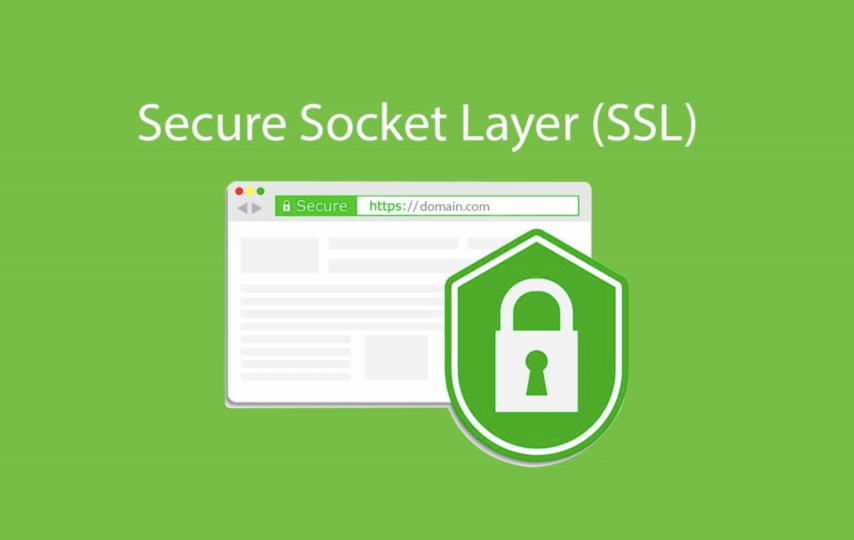SSL certifications enable websites to migrate from HTTP to HTTPS, which is a safer protocol. An SSL certificate is a data document that is stored on the site’s origin server. SSL certificates enable SSL/TLS encryption and contain the site’s public key, as well as other pertinent data. Gadgets attempting to communicate with the initial server will refer to this document in order to obtain the public key and verify the server’s identity. The private key remains a mystery and is kept secure.
What exactly is SSL?
SSL, more commonly referred to as TLS, is a protocol for encrypting Internet traffic and verifying the server’s identity. SSL/TLS is used by any website with an HTTPS web address. See What exactly SSL is? Additionally, What is Transport Layer Security (TLS)? To learn more.
How does SSL treat the data it contains?
SSL declarations include the following:
- The area name was given to the testament Which individual, organization, or device received it Which endorsing authority bestowed it.
- The electronic signature of the endorsing authority
- Subdomains that are related
- Date of certificate’s issuance
- The testament’s expiration date
- The public encryption key (the private key is kept mystery)
SSL’s public and private keys are essentially long strings of characters used to scramble and unscramble data. Information that has been scrambled using the public key must be decoded using the private key and vice versa.
Why are websites required to use an SSL certificate?
A website requires to purchase an SSL certificate an SSL certificate to safeguard client information, verify site ownership, prevent aggressors from creating a phony version of the site, and earn client trust.
SSL/TLS encryption is possible because SSL declarations utilize public-private key matching. Customers (such as internet browsers) obtain the public key required to open a TLS association from the SSL declaration of a server.
SSL certificates verify that a customer is communicating with the correct server that legitimately claims the domain. This prevents area satirizing and other types of attacks.
HTTPS: Most importantly for businesses, an HTTPS web address requires an SSL certificate. HTTPS is the secure version of HTTP, and HTTPS sites are those that use SSL/TLS to encrypt their traffic.
Along with obtaining client information, HTTPS increases the dependability of destinations from a client’s perspective. While many clients will not notice the difference between a HTTP:// and HTTPS:// web address, the majority of programs have begun labeling HTTP destinations as “not secure” in more visible ways, in an attempt to encourage users to switch to HTTPS and increase security.
How does a website obtain an SSL certificate?
To ensure the validity of an SSL declaration, areas must obtain it from a certificate authority (CA). A CA is a third-party organization, a perceived outsider, that creates and distributes SSL certificates. Additionally, the CA will carefully sign the declaration using their own private key, allowing customer devices to verify it. The majority, but not all, CAs will charge for providing SSL certificates.
When the certificate is specified, it should be introduced and initiated on the starting point server for the site. Typically, web hosting administrations can take care of this for site administrators. When activated on the beginning server, the site will attempt to stack over HTTPS, encrypting and securing all traffic to and from the site.
What is a self-signed SSL certificate?
Indeed, anyone can create their own SSL certificate by creating a public-private key pair that matches and includes all of the previously mentioned data. These endorsements are referred to as self-signed certificates because the computerized signature used is the site’s own private key, rather than one from a CA.
In any case, there is no external authority that can verify that the beginning server is who it claims to be. Programs that do not trust self-marked declarations may flag any destination that contains one as “not secure,” regardless of the https://URL. They may also effectively terminate the association, preventing the site from stacking.













